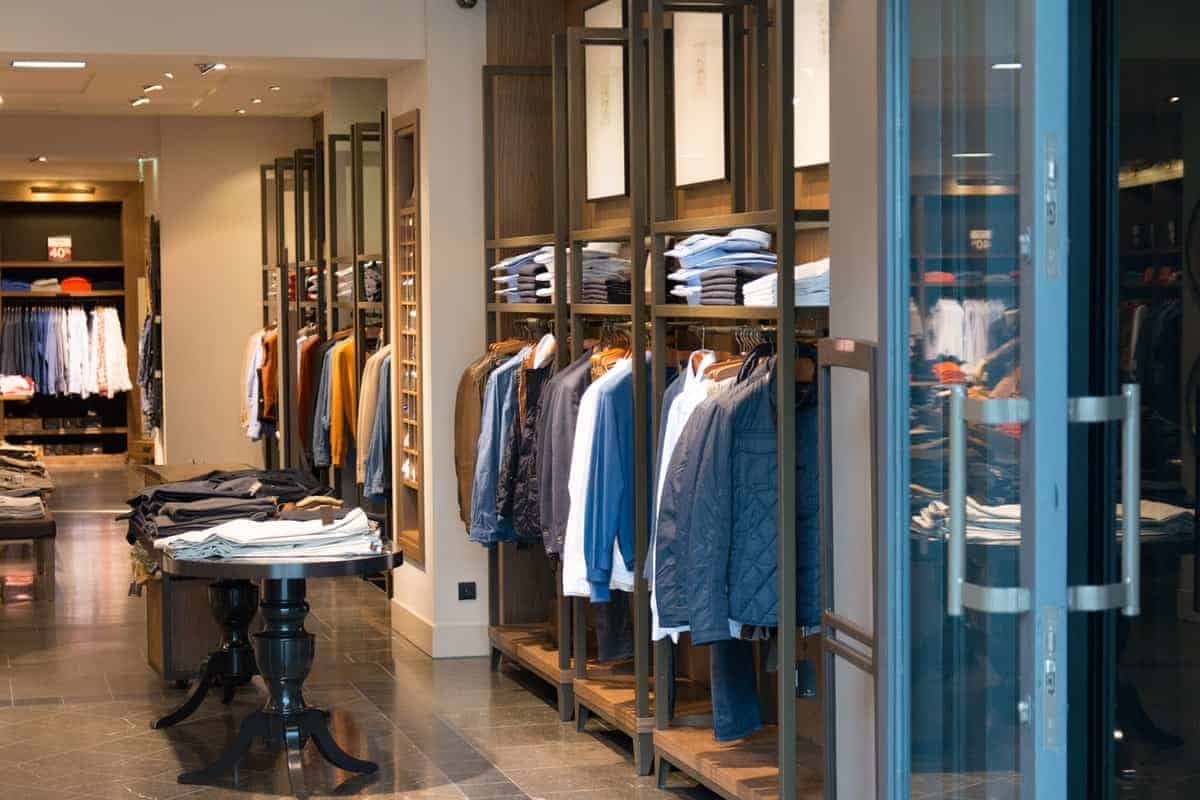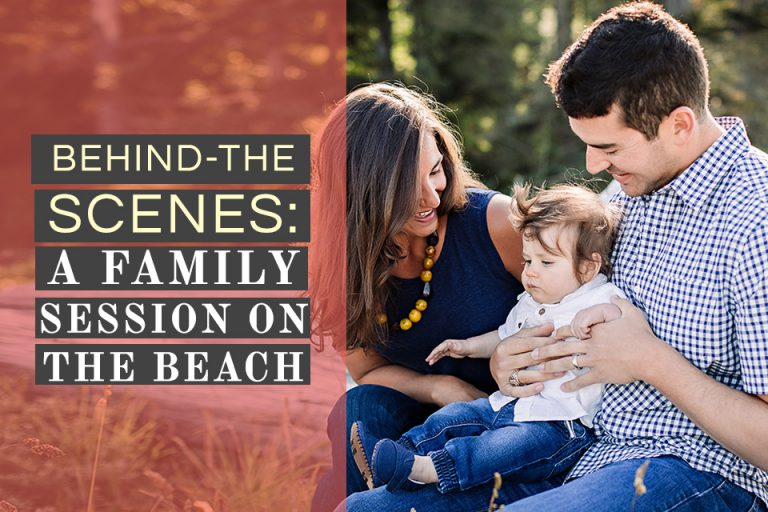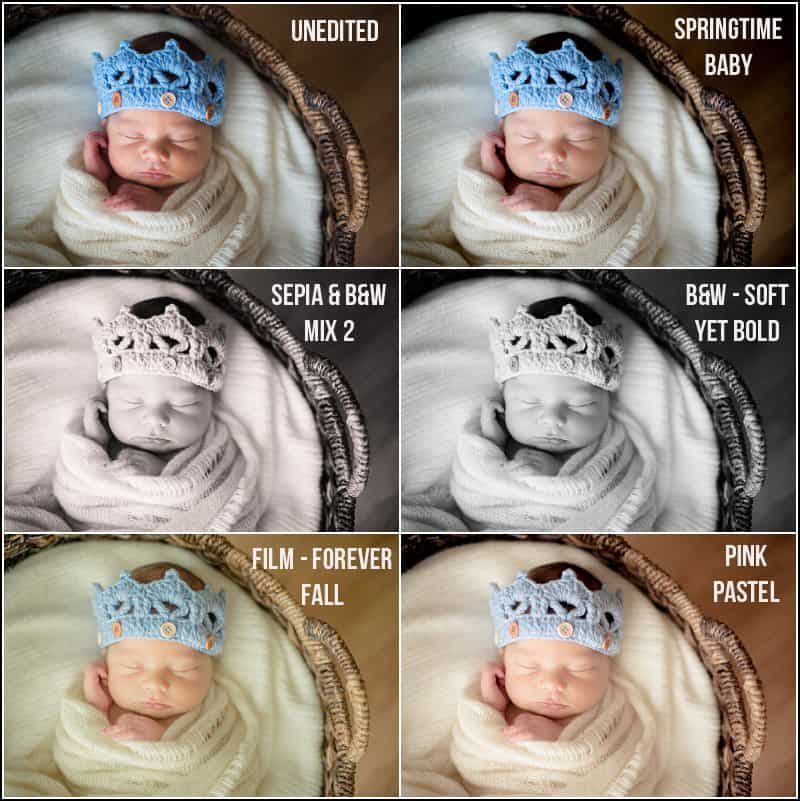Make money for your clients and yourself with high-quality commercial photography.
What do you think of when you hear the term commercial photography? Do you picture a commercial photographer with clients like Nike, Disney or Armani? What about H&R Real Estate, Carson’s Discount Tire or Olson Orthodontics? Just about every business, from national brands to my local shops here in rural Wyoming, have commercial photography needs. Follow along with me as we define commercial photography and what it entails. We will also explore prospects and discuss ideas on pricing your commercial work.
What is commercial photography?
Commercial photography is shooting images for a client that will help make the client money. The images could be used for a website, brochures, flyers, magazine advertisements, billboards, product packaging or incorporated into the product itself. You take an image and the client uses that image to somehow sell more goods and services.
As a commercial photographer, your goal is to produce images that position the client’s brand or product in the minds of the target audience. It’s your job to help the client send a clear message using photos that appeal to the masses. Product photography – See our introductory tutorial!
You can hold product photography sessions either in a studio or outdoors. Most, if not all, commercial photographers prefer indoor sessions to gain more control over lighting setups and backdrops.
Headshots and Personal Branding
A headshot is among the most common types of commercial photography. Models or actors often use this type of commercial photography to feature a close-up of their facial features, generally from the shoulders up. Headshot sessions tend to be quick yet fun, which is why a commercial photographer needs to create a connection with the subjects to direct them properly.
Personal branding sessions require private commercial photo sessions for entrepreneurs or business owners to show their style or personality. A commercial photoshoot may focus on the client, their product, or a combination of both.
Real Estate and Commercial Architectural
The real estate market is saturated with realtors looking for their next listing, making this industry among the most competitive sectors in the world. A real estate or commercial photographer captures eye-catching photos to aid realtors to sell homes and properties.
This category of commercial photography focuses on the architectural design or a retail store’s appeal. For example, a commercial photographer needs to capture what a newly-opened shop looks like when there’s a flow of customers. Likewise, you may include a few well-placed people in the shot to give the picture more content and life.
Commercial photographers usually incorporate drone shots with real estate, architectural, and events photography to get images from the air. This helps you to take shots of buildings, landscapes, and events from unique angles. Drone commercial photography is not for beginners, although you can practice and specialize in it.
A commercial photographer can also take photos of people in their work environment. For instance, your commercial photos can show how a recruitment center handles their employment procedures from hiring, interview, training, and endorsement to live operations.
Fashion and Events Photography
Commercial photographers who will dive into the world of fashion photography can work with apparel, brands, and stylists for studio and outdoor shoots. Most pictures are for catalogs or magazines that showcase clothes, bags, accessories, and shoes.
For this kind of commercial photography, you have to be on live, on-location events wherein your job is to capture moments and expressions that are relevant to your client’s business.
Food, Advertising and Sales Images
This is another form of promoting a new product or service through billboards, posters, online advertisements, and the like. You can also add product images on the packaging, such as tags, instructional guides, and covers.
If you choose to pursue professional food photography, for example, you need to learn food styling or work with an actual stylist. This type of commercial photography caters to editorial restaurant or food magazine shots to make food look scrumptious yet authentic.
Think about all the businesses in your area, big and small, and why they might need images of their goods and services. That’s commercial photography.
How can commercial photography benefit your photography business?
Commercial photography work can be your sole source of income or another income stream. It offers a number of potential advantages as a specialty area.
If you have businesses in your area, you have commercial photography clients. Restaurants, real estate agencies, hospitals, clothing stores, attorneys, sporting goods stores, spas, salons…all of them are potential clients. It takes a great deal of experience and skill to land national accounts and those jobs are highly competitive. But there is a lot of opportunity at a local or even regional level.
Family commercial photographers earn most of their income in the summer and fall. Wedding commercial photographers also work mainly in the summer. But businesses need commercial photography year-round. If you own a studio or can shoot indoors on location, you can arrange commercial photography sessions s any time of year.
Each year, thousands of new commercial photographers enter the market. Most of those new commercial photographers, however, focus on portraits and weddings. Fewer entry-level commercial photographers take the time to learn the lighting, staging and production techniques required for commercial photography work. You might find less competition for commercial photography work.
How to Get Started in Commercial Photography?
Similar to other photography niches, being a commercial photographer involves some terms and limitations. Here are some things to keep in mind when you are talking to potential commercial clients.
Start by creating a photography business plan lets you stay on track when making decisions and handling commercial photo shoots. If you want to become a commercial photographer, you must refine your goals, secure funding, purchase necessary equipment, manage operations, and develop a marketing strategy.
Determine What Your Client Needs
Clients will rely on you to produce compelling visual images that must make the desired impact on the target audience. Thus, you need to understand how things sell and show qualities or features that will encourage consumers to purchase a product or service.
Learn how to discuss with your client aspects such as production style, tone, colors, and overall branding strategy to make sure you are in line with the client’s marketing plan. Here are key points to ask your client:
- Set number of photos
- Hard limit on budget
- Timeframe and deadline
- Location
- Shot list or flow of the photoshoot
- Wardrobe and props
Set Intended Photo Use and Usage Rights
Clients will use your shots for advertising their products and services, and subsequently, generate more income for their businesses. Hence, your clients must understand the following terms:
- Usage: You still have full ownership of the images, but this sets permission on how your shots will be used for things like online advertisements or print media campaigns.
- Copyright: Determines who will own the rights to the photos, whether it’s you or the client. You may grant a usage license without giving away the copyright.
- Approved uses: You may allow the commercial use of photos except in certain situations. For instance, set the condition that your shots should not be utilized for pornographic materials or representation of sexual behaviors.
- Duration of use: Identifies how long your client can use the pictures. Will it be for half a year or a lifetime?
- Territory: Part of an agreement is limiting the geographic region that allows you to state if the client can print your photos locally or internationally.
- Number of uses: Set how many times the client reproduces your images.
What camera and lens do I need for commercial photography?
The equipment needed for commercial photography depends on what niche you want to pursue. Corporate headshots require a different lens and style of shooting than real estate photography. Most headshot photographers prefer a portrait length lens like an 85mm or 100 mm. Buildings and bedrooms require something with a wider angle, like a 24 mm or 18-35mm zoom lens. High-end brands or large billboard images might require you to ditch the full frame and invest in a medium format camera.
Your best bet, then, is to research the niche of commercial photography you are interested in. Find out what camera and lenses that niche requires. If you’re presented with an opportunity to explore a new niche, consider renting gear. See if that area of commercial photography suits your skill and personality first. If it’s an area you’d like to pursue will be sustainable, then you can invest in cameras, lenses and other equipment.
How do you price commercial photography?
Commercial photography prices are a function of:
- Your skill and experience
- The market
- Your client and his/her budget
- The work involved in the shoot like lighting, staging, props, travel, assistants, etc. (production costs)
- How and where the images will be used
It also depends on how you want to structure your pricing. Do you want to quote by the total job, by image, by the hour or some combination of those three? Most photographers provide a quote that includes the creative and production fee plus a usage fee per image.
I wish there was a magic formula for setting commercial photography rates. But there are simply too many variables. For example, my rates for a startup business in rural Wyoming for 10 images for a website with a local reach will be vastly different than 10 images shot for a national travel company.
I like to start by asking what the budget is, what other photographers they are looking at and where the images will be used. The rest is a bit of an art form. My best advice? Watch a few videos like the one below where they give you different strategies for building a quote and negotiating a rate. Find a method that works for you and meets your needs. Just remember commercial photography is different than a family or newborn session and should be priced with that in mind.
How do I build a commercial photography portfolio?
How do you get commercial photography clients if you don’t have any portfolio images from commercial photography shoots? The answer is something along the lines of fake it until you make it.
Begin by practicing with your own products and props. Use clothes, hardware, pottery or pet products. Or shoot the exterior of a restaurant or store or ask a friend to model for you as if you are on a commercial shoot. Once you feel like you have a good grasp on the process and how to produce images clients will pay for, it’s time to find clients. Next, approach businesses you know or with which you have some sort of relationship and see if they have some commercial photography needs you can solve. You may have to do some free or deeply discounted shoots at first. But always work as if each client is your dream client and provide them with great service and images.
One additional technique to consider is shooting on speculation. Approach a business and ask if you could shoot some images for that business. Then, if the client likes the images, he or she can purchase the licensing rights from you at a pre-determined price. It’s low risk for the business with lots of upside for you as the photographer.
Don’t forget to continue to build your skills along the way. Read books, watch videos, practice. Assist established and experienced photographers. Learn how to use off-camera flash and edit images in Photoshop to achieve the client’s desired look. Soon you’ll have a portfolio of work done for clients AND a network of satisfied customers singing your praises. With a solid portfolio and practical experience, you’re ready to start marketing your services as a commercial photographer.
Click here for more ideas on building your portfolio!
Commercial photography can be your life’s calling or a small part of a more diversified photography business. If you enjoy working on diverse projects, helping others achieve their goals and build their brands, it just might be the photography genre for you.






![Best Lens for Headshots [Complete Guide for 2020]](https://colesclassroom.com/wp-content/uploads/2020/06/female-4572747_1280-768x549.jpg)



